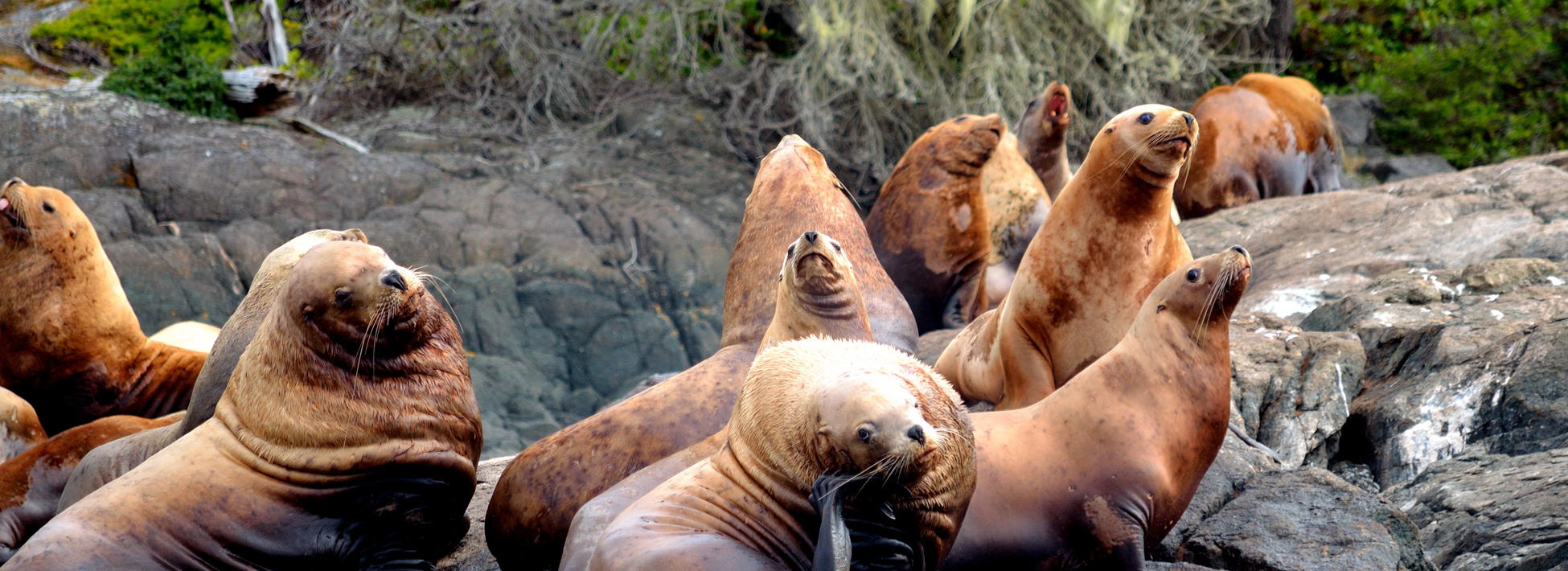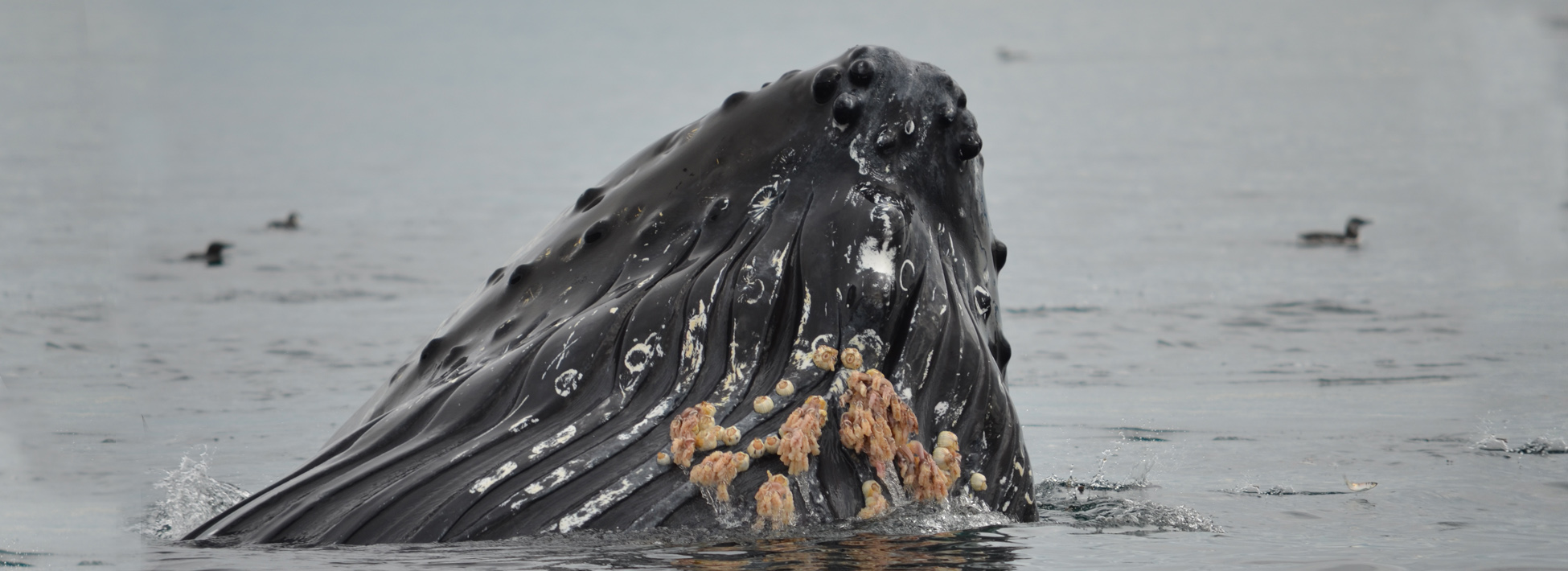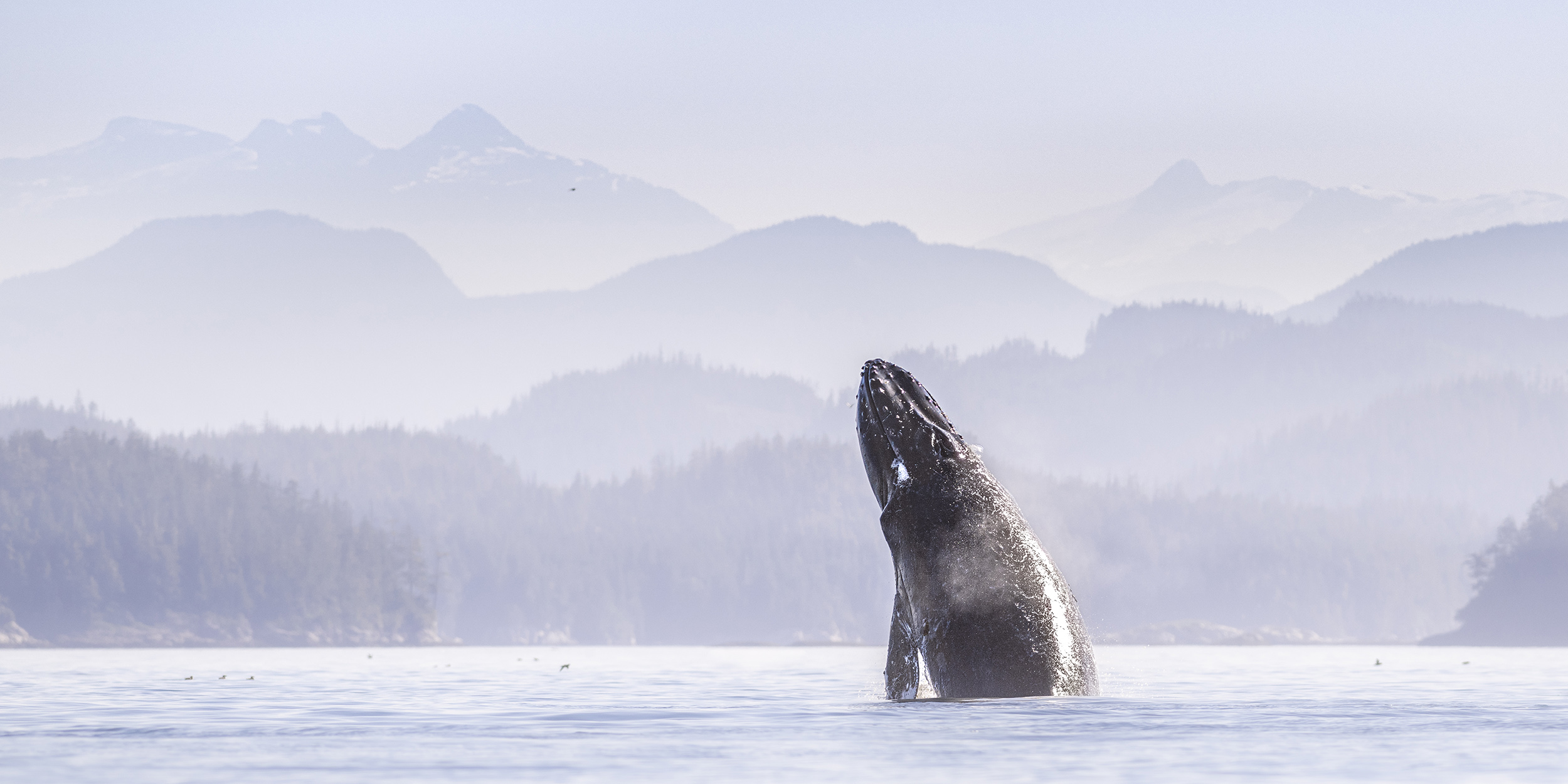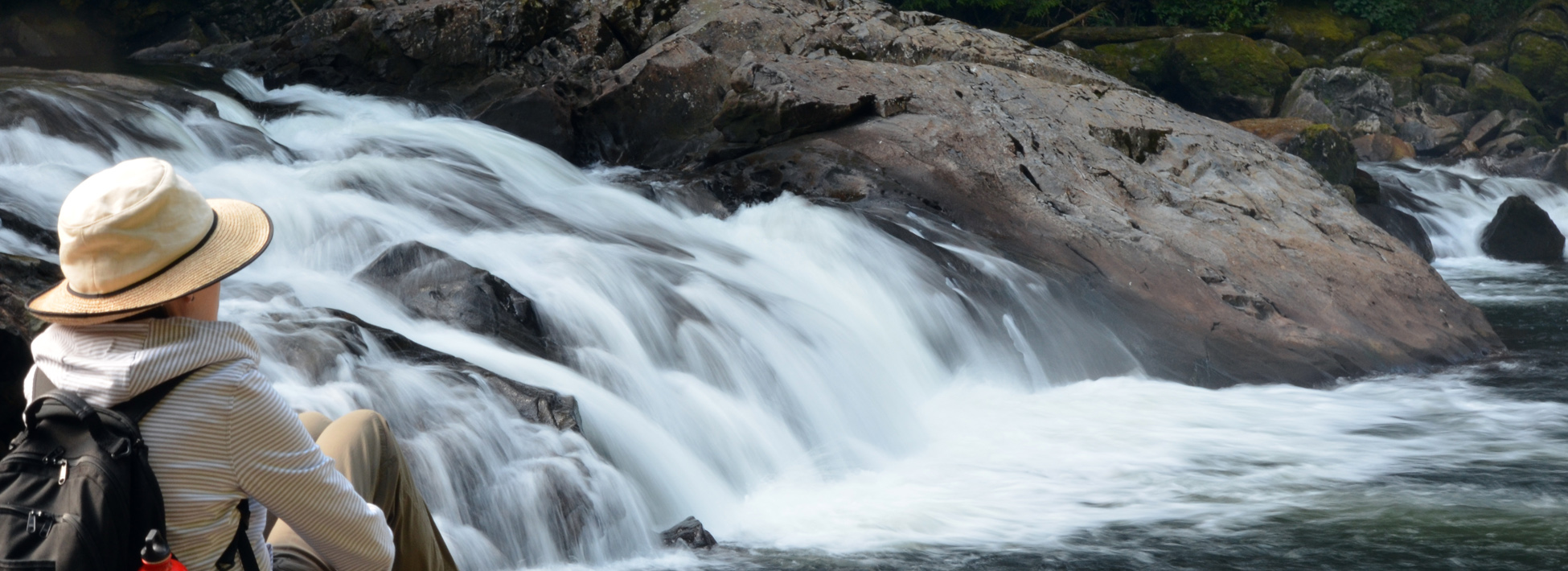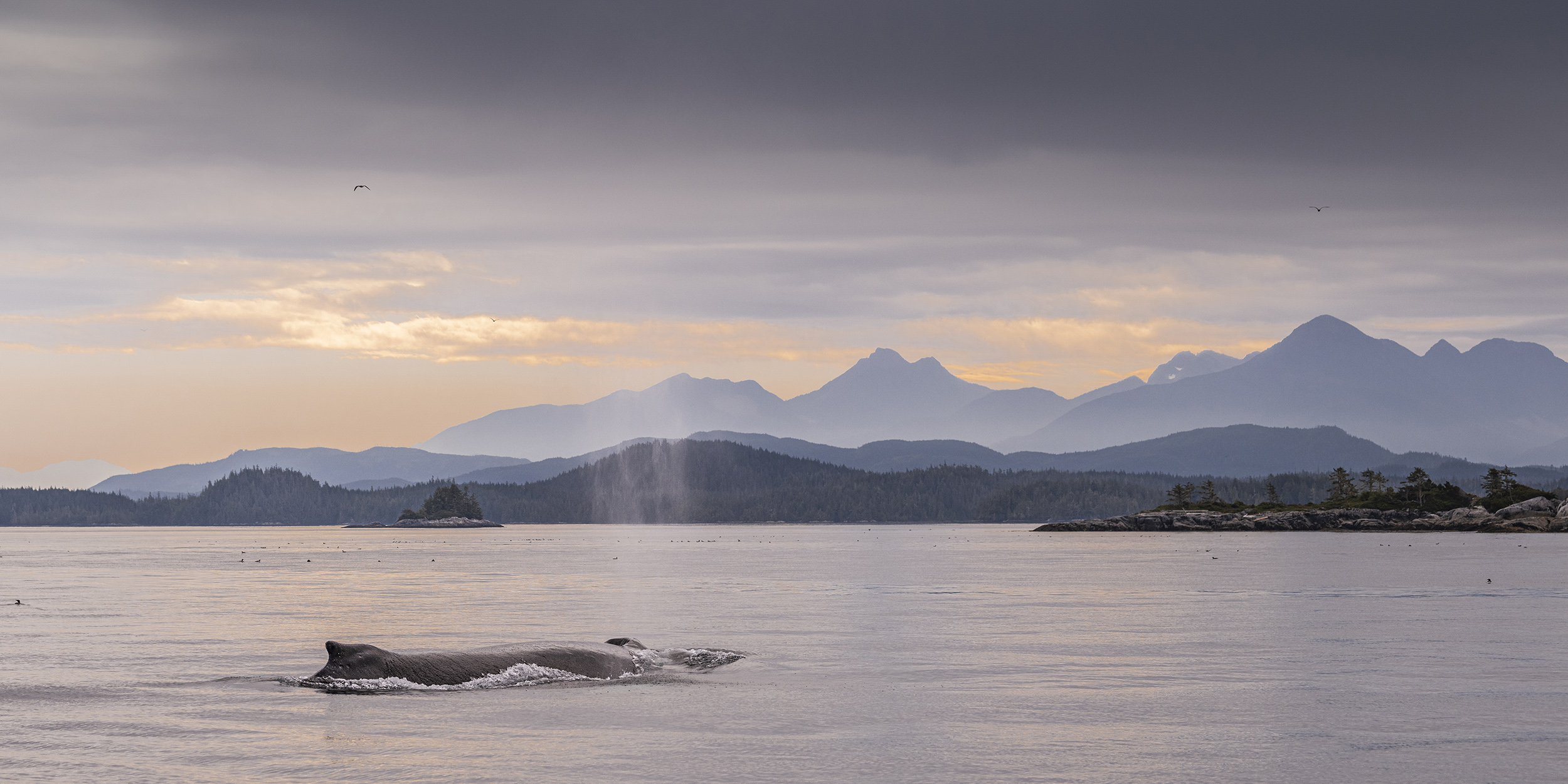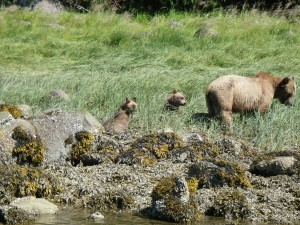Knight Inlet’s Glendale River estuary is our normal viewing area for grizzly bears in the spring. The salmon have not arrived so one of the main source of food in the protein rich sedge grass which grows at the river mouth. Mother grizzly bears and cubs, in this case by their size they are last years cubs, come to the area for the sedge grass. At lower tides when the beach is exposed they turn over rocks for the high protein food of crabs, clams, barnacles, amphipods and other tiny invertebrates. These grizzlies remain in the area until the salmon arrive in August and then move up the river and we follow them to the viewing stands on the river.
Bald Eagles

Bald Eagles are frequently sighted in our area. At times they can be seen in large numbers. This is usually where food supplies are high. For example this could be in areas with high concentrations of baitfish or along the rivers in the fall when the salmon are spawning. They are not migratory, but do move around with the food supply. As mentioned earlier when the salmon are spawning we often see many along the rivers, while there will be fewer along the coastline. With little need for camouflage their white head and tail feathers can be spotted easily. The female is slightly larger and her white head extends down a bit farther onto the body, but it is subtle. It takes these birds 4.5 – 5 years to acquire this unique plumage. As juveniles they are a brown colour. With exceptional eyesight and the ability to view 270 degrees they are understandably often seen in high perches and in trees near points and passageways.
Visit our Blog